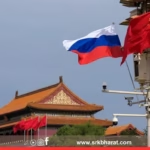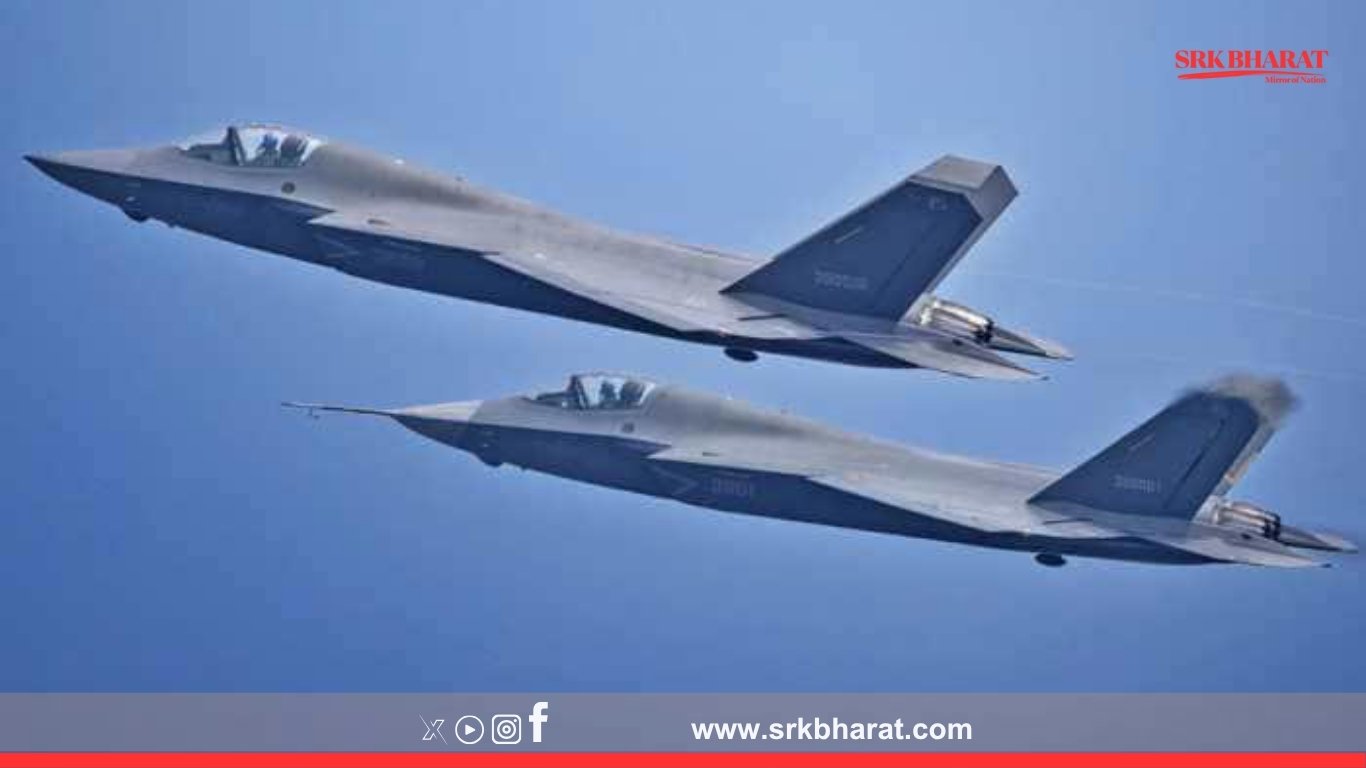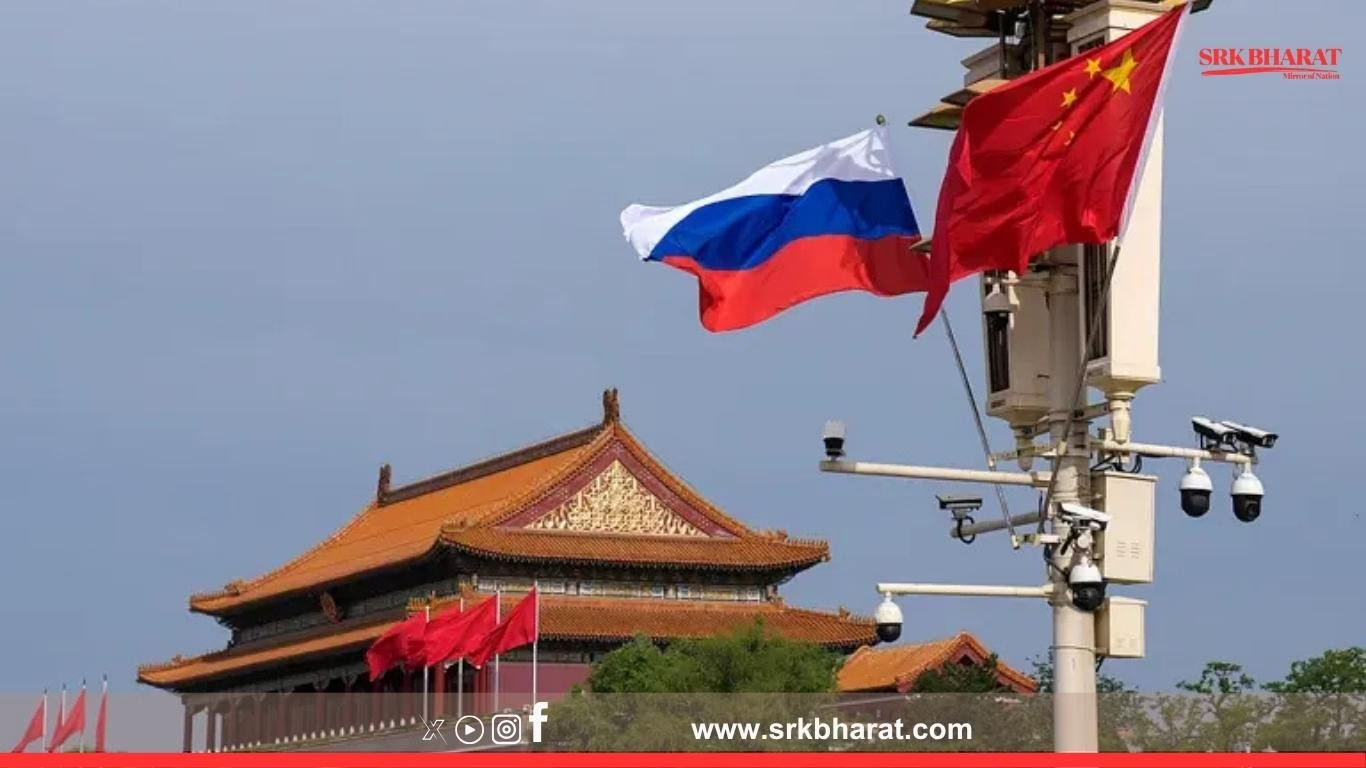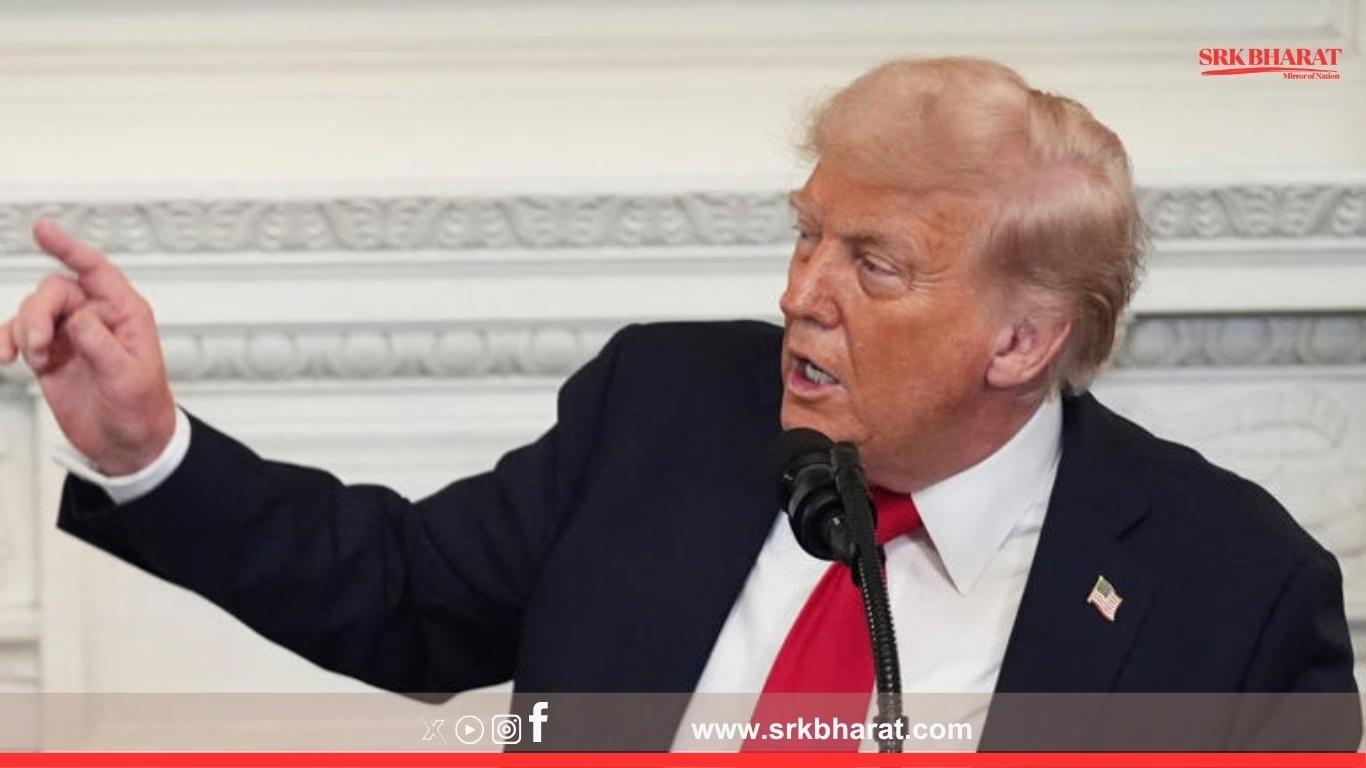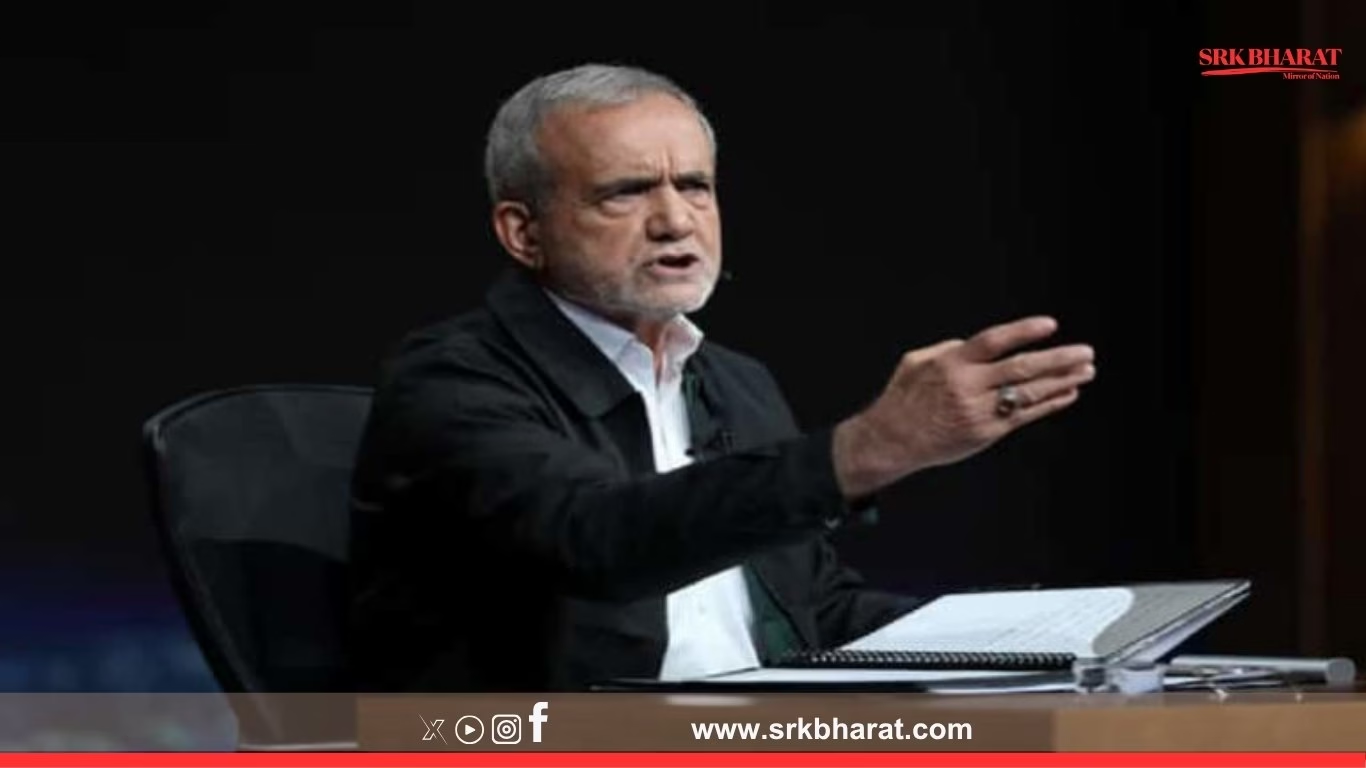In a move that has stunned military analysts across Asia, Pakistan has issued a rare public admission casting doubts on the combat readiness and operational viability of China’s much-touted J-35 stealth fighter programme. The admission comes in the aftermath of Operation Sindoor, a classified tri-services exercise held by Pakistan to test rapid deployment capabilities along its eastern and western borders.
The J-35: China’s Stealth Ambition
The J-35, also known as FC-31 Gyrfalcon, is China’s fifth-generation stealth fighter developed by Shenyang Aircraft Corporation under AVIC. It is projected as a competitor to the US F-35 and an export-oriented platform to bolster Chinese aerospace dominance in Asia, Africa, and the Middle East.
| Feature | J-35 Specifications |
|---|---|
| Type | Fifth-generation stealth fighter |
| Length | 17.3 m |
| Wingspan | 11.5 m |
| Engine | WS-19 or RD-93 derivative |
| Top Speed | Mach 1.8+ |
| Combat Radius | ~1200 km |
| Payload | ~8000 kg |
| Avionics | AESA radar, stealth coating, advanced EW suite |
China has showcased the J-35 in airshows since 2014, positioning it as a future mainstay for the People’s Liberation Army Navy (PLAN) carrier-based operations and international export markets, with Pakistan expected to be its first confirmed buyer.
What Did Pakistan Admit Post Operation Sindoor?
During a post-exercise closed-door briefing later leaked to select Pakistani defence correspondents, senior Pakistan Air Force (PAF) officers reportedly admitted:
- J-35 is not operationally ready for front-line deployment before 2030.
- Stealth and engine performance parameters remain under testing, with concerns over hot-weather operations and engine thrust-to-weight ratios critical for high-altitude airbases.
- Integration challenges with existing Pakistani command, control, and communications infrastructure (C3I) have delayed planning for procurement contracts.
A senior PAF planner reportedly stated, “We need proven platforms. J-35 may become viable later this decade but not immediately. For now, our focus is on upgrading JF-17 Block III and evaluating other options for deterrence needs.”
Why This Admission is Significant
- Break from Pakistan’s Strategic Silence: Islamabad has historically refrained from criticising Chinese military hardware, given Beijing’s role as its primary arms supplier.
- Implications for Chinese Exports: Pakistan was the flagship export prospect for the J-35. Its reservations could influence other potential buyers in the Middle East or Africa.
- Operational Consequences: PAF was expected to induct J-35s to counter India’s upcoming Rafale-M carrier-borne fleet and the AMCA stealth programme. This delay leaves Pakistan with limited fifth-generation options.
Operation Sindoor and Its Revelations
| Parameter | Exercise Details |
|---|---|
| Name | Operation Sindoor |
| Objective | Tri-services rapid deployment drill |
| Theatre | Eastern and western front integrated response |
| Outcome | PAF tested current fighter fleet readiness, evaluated new procurement integration timelines |
The exercise exposed gaps in stealth fighter availability, underscoring that JF-17 upgrades cannot match the qualitative edge of true fifth-generation platforms like India’s planned AMCA.
China’s Possible Reaction
Military analysts believe Beijing may:
- Accelerate J-35 development to restore confidence among prospective buyers.
- Offer sweetened financing and technology transfer deals to Pakistan to keep it within its defence export ecosystem.
- Privately admonish Pakistani officials for public comments that risk undermining its global defence sales image.
Broader Impact on Regional Air Power Balance
| Country | Fifth-Gen Fighter Status | Strategic Impact |
|---|---|---|
| India | AMCA under development; Rafale upgrade underway | AMCA induction from 2032; short-term reliance on upgraded Rafales and Su-30MKIs |
| Pakistan | J-35 delayed; JF-17 Block III operationalising | Limited stealth capabilities; reliant on air defence and electronic warfare for deterrence |
| China | J-20 operational; J-35 under development | Maintains regional lead in stealth operations |
Challenges Facing J-35
- Engine Development Bottlenecks: The WS-19 engine is still under performance validation, with thrust reliability and durability in tropical conditions yet unproven.
- Carrier Compatibility Testing: Navalised variants require rigorous arrested landing and catapult launch trials, delaying deployment timelines.
- Avionics Integration: AESA radar and electronic warfare suite integration remain under optimisation for effective stealth operations.
- Export Certification Issues: Potential US sanctions on countries acquiring Chinese fifth-gen platforms under CAATSA could deter buyers like Pakistan.
Alternative Options for Pakistan
With J-35 delays, Islamabad may:
- Accelerate JF-17 Block III induction with improved radar, weapons, and EW suites.
- Explore additional Chinese J-10C procurements, which offer near-4.5-gen capabilities with cost-effectiveness.
- Evaluate Turkish TF-X stealth fighter, although its operational timeline remains uncertain.
- Enhance air defence networks to offset stealth platform deficiencies in the short term.
Strategic and Diplomatic Calculations
Pakistan’s rare public critique of Chinese defence platforms reflects:
- Growing operational realism within PAF, prioritising immediate combat readiness over symbolic acquisitions.
- Diplomatic recalibration to subtly signal openness to diversified defence partners, as seen in recent outreach to Turkish and Western aerospace firms for drone, EW, and missile technologies.
- Calculated risk with Beijing, balancing its dependence on Chinese military aid with honest operational assessments.
Will Beijing Hit Back?
China is unlikely to react overtly but may:
- Reassure Islamabad with confidential technology roadmaps and accelerated testing milestones.
- Offer incentives like deeper local assembly, maintenance, repair, and overhaul (MRO) capabilities, which align with Pakistan’s industrial ambitions.
- Increase strategic defence diplomacy to prevent any erosion of its dominant position in Pakistan’s military modernisation framework.
Conclusion
Pakistan’s candid acknowledgement of J-35 limitations post Operation Sindoor marks a watershed moment in South Asian defence dynamics. It highlights the gap between Chinese aerospace claims and operational reality, and signals Pakistan’s shift towards a more pragmatic, performance-oriented procurement doctrine. As China races to iron out the J-35’s deficiencies, regional air power equations remain delicately poised – with India advancing its indigenous stealth programme and Pakistan recalibrating its aerial deterrence strategy in a volatile security environment.
Disclaimer: This content is intended for informational purposes only. It does not constitute military, strategic, or investment advice.



